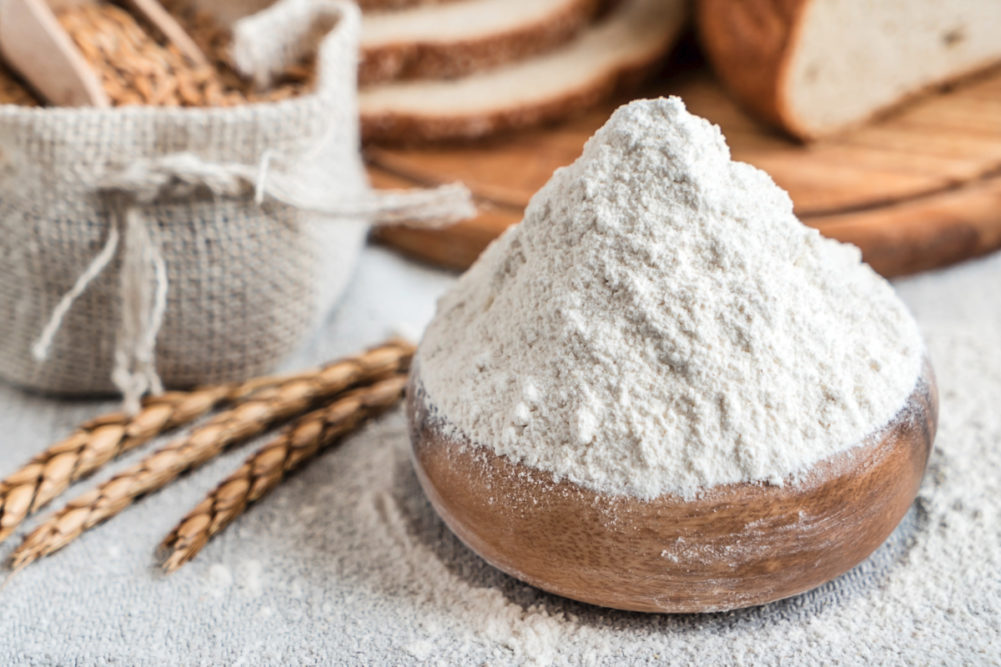WASHINGTON — Per capita flour consumption tumbled to a 30-year low in 2019 and sustained its steepest year-to-year drop since 2011, according to data published by the Economic Research Service of the US Department of Agriculture.
At 130.7 lbs, per capital flour consumption last year was down 2.1 lbs, or 1.5%, from 132.8 lbs in 2018. The 2019 figure was the smallest since 129.1 lbs in 1989. From the recent high-water mark of 146.8 lbs in 1997, per capita consumption has dropped 16.1 lbs, or 11%. Per capita consumption remained 20.9 lbs, or 19%, higher than the recorded US low of 109.8 lbs set in 1972.
The drop from 2018 of 2.1 lbs was the widest since a 2.4 lb decrease in 2011. Per capita consumption fell 2.3 lbs in 2009.
For most of the 20th century, per capita consumption of flour was falling. From 224 lbs in 1902, per capita consumption dropped 38 lbs by 1920, a century ago. Per capita flour consumption fell below 130 lbs for the first time in 1953, a precipitous drop from 166 lbs in 1943 during World War II.
Overall flour consumption in 2019 was 429,600,000 cwts, down 4,451,000 cwts from 434,051,000 in 2019 and the smallest total consumption figure for flour since 2011.
The lower per capita consumption propelled a like drop in flour production last year. At 422,277,000, production was down 4,594,000 cwts, or 1.2%, from the year before. It was the widest year-to-year flour production decrease since 2011, when production fell 5,651,000 cwts.
Flour imports, which have been growing and padding per capita consumption eight of the last nine years, were nearly flat in 2019 — up 145,000 cwts from the year before. Additionally, flour exports (including flour products) were a non-factor in the change from 2018. Exports were 8,402,000 cwts in 2019, virtually tied with 8,400,000 the year before.
Per capita consumption is calculated based on average US population each year. In 2019, the US population was 328,588,000, up 0.5% from 326,882,000 in 2018.






